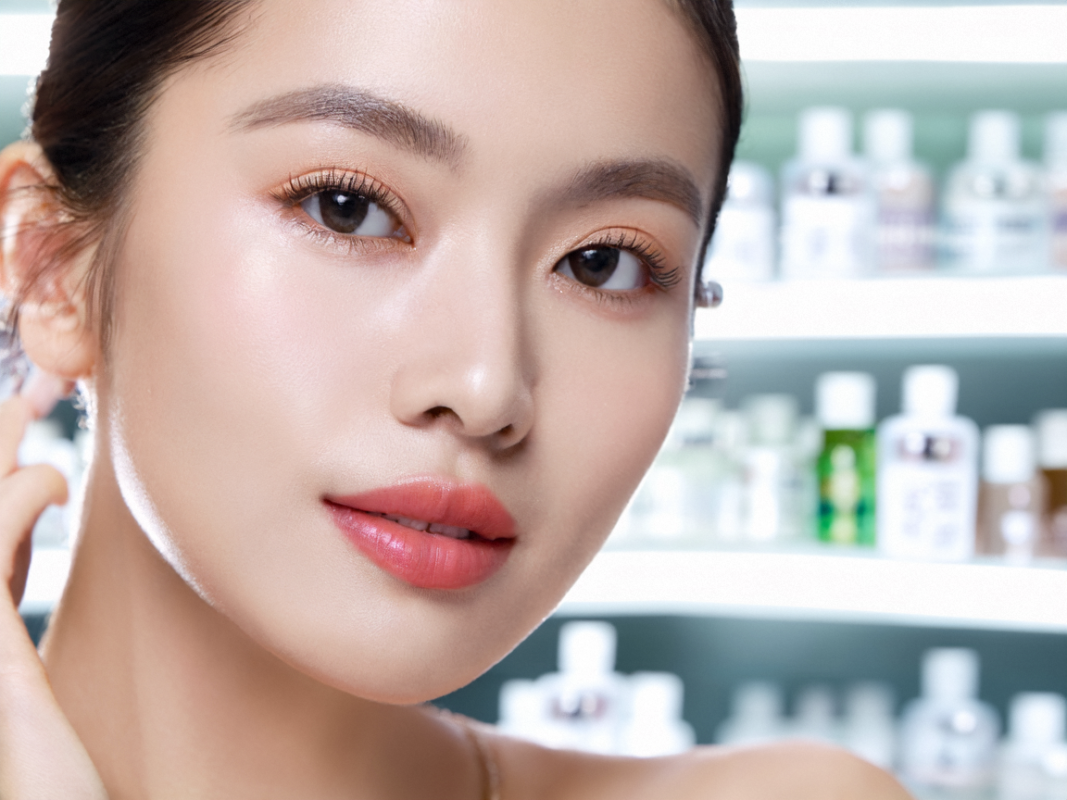Introduction
- Briefly introduce acne patches as a popular, targeted skincare tool.
- Emphasize that their effectiveness is rooted in scientific mechanisms and innovative skincare technology.
1. The Basics of Acne Formation
- Overview of how acne forms: clogged pores, bacterial growth, and inflammation.
- Explanation of different types of acne (e.g., whiteheads, cysts) and why some are harder to treat.
2. Types of Acne Patches and Their Science
- Hydrocolloid Patches: Describe how hydrocolloid material absorbs excess fluid from pimples, speeds up healing, and reduces scarring. Reference studies on hydrocolloid dressings in wound care.
- Medicated Patches with Active Ingredients: Explanation of salicylic acid, tea tree oil, or benzoyl peroxide. Discuss how these ingredients work to exfoliate, reduce bacterial growth, and minimize inflammation.
- Microneedle Technology: Explore how microneedle patches work by creating tiny pathways to deliver active ingredients deeper into the skin, specifically targeting cystic acne. Include a brief overview of microneedle technology in dermatology.
3. How Acne Patches Create an Optimal Healing Environment
- Explain the “occlusive effect” created by acne patches, which protects from bacteria and dirt.
- The role of patches in maintaining a balanced moisture level to promote faster healing without overdrying.
4. Key Ingredients and Their Functions
- Salicylic Acid: Penetrates pores to dissolve dead skin cells and reduce blockages.
- Niacinamide: Anti-inflammatory properties that help reduce redness and irritation.
- Tea Tree Oil: Naturally antibacterial, effective for reducing bacteria in mild acne.
- Hyaluronic Acid: For hydration, preventing excessive drying around acne spots.
- Discuss the benefits of each ingredient, including scientific research backing their effectiveness in acne care.
5. Clinical Studies and Evidence on Acne Patches
- Overview of relevant clinical studies or dermatology research supporting the effectiveness of acne patches, particularly hydrocolloid patches.
- Mention dermatologists’ endorsements and findings on acne patches as a gentle, non-invasive treatment option.
6. Potential Drawbacks and Limitations
- Explain scenarios where acne patches may not be effective, like hormonal or deep cystic acne (especially without microneedles).
- Potential skin irritation with some medicated patches and how to mitigate it.
Conclusion
- Recap the scientific advantages of acne patches as part of an acne treatment routine.
- Encourage readers to consider the science behind the ingredients and technology when choosing a patch suited to their needs.
















